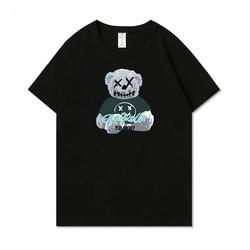Behind the anti-fur movement are calls for animal protection and environmental protection. In an effort to promote sustainability, synthetic fur is gaining traction as an alternative. Here are a few aspects of understanding the sustainability of synthetic fur products:
1. Environmentally friendly: Synthetic fur does not need to be animal-based and avoids hunting wild animals. animals or the effects of large-scale animal farming. In contrast, farmed animals and dermis derived from animal hides tend to have a higher environmental impact in terms of waste emissions and energy consumption.
2. Resource conservation: The materials used in the manufacturing process of synthetic fur are mainly synthetic fibers and other natural fibers. Synthetic fur requires fewer resources than real leather, including water, land and chemicals. This helps reduce resource waste and environmental pressure.
3. Strong functional performance: Synthetic fur can imitate the appearance and feel of real fur, and has good thermal insulation properties. It also has other properties such as anti-wrinkle, waterproof, durable, etc. This allows synthetic fur products to meet consumer demands in terms of performance.
4. Recycling: Synthetic fur products can often be recycled or recycled. Through recycling and reuse, waste generation can be reduced and the environmental burden can be reduced.
It is worth noting that although synthetic fur is sustainable in some aspects, it also has some challenges. For example, harmful substances may be released during the production of synthetic fibers, and corresponding measures need to be taken to ensure the environmental protection of the production process. In addition, attention needs to be paid to how synthetic fur is used and handled to reduce negative impact on the environment.
In summary, synthetic fur, as a product that replaces animal fur, has some environmentally friendly and sustainable development advantages. However, innovation and improvements in technology should continue to be promoted to improve the environmental friendliness of synthetic fur, and more sustainable solutions should be actively sought.







